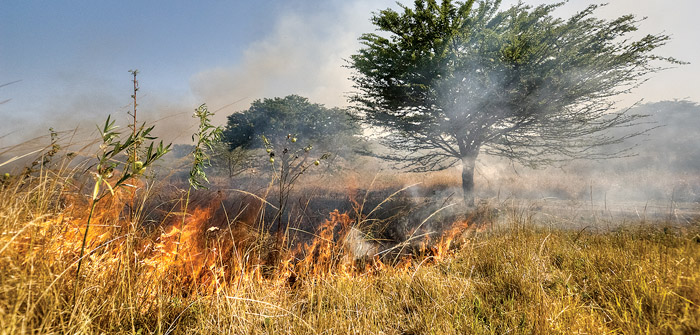With Oregon’s wildfire season in effect across the state, the Secretary of State’s office released an audit showing that the increasing number and severity of wildfires in recent years is taxing the Department’s other critical missions and programs. The report details how the agency and legislative leaders have not yet adjusted management systems and planning to adequately account for the rapidly growing demand for fire response. The Secretary of State recommends improved data collection and personnel planning to help state leaders better address the changing wildfire landscape.
“Across western states right now, we see forest fires threatening homes and destroying valuable timber and wildlife habitat in record numbers,” Secretary of State Jeanne P. Atkins said. “In the last three years, the damage from wildfires managed by the state forestry department has increased ten-fold. As fire seasons lengthen and intensify, ODF needs long-term workforce planning to address its firefighting and fire-prevention missions, while still maintaining broader forest management responsibilities. According to our audit, the Department is fighting more severe fires with about the same full-time equivalent employees as it had 20 years ago.”
Like other wildfire organizations across the nation, ODF is facing difficult challenges. Fires have grown in size, complexity, and cost, which demands more staff resources. Prior to 2013, the seven-year average gross cost to ODF for suppressing large fires was $9.7 million per year. Since 2013, the average gross cost has climbed to $92.4 million per year. As of Aug. 22, 547 fires have burned over 4,302 acres on ODF-protected lands so far this year. ODF’s jurisdiction only covers about half of the state’s forest and grasslands, and the comprehensive costs of wildfires across the state are not covered by this audit.
“Many ODF employees work long hours away from home during fire season,” said Atkins. “Our audit shows that employees from across the agency move away from their usual responsibilities and their families to help protect Oregonians during fire season. It is understandable how other core missions of the agency could suffer when the priority each summer shifts to fighting raging wildfires and protecting Oregonians.”
ODF has three operating programs: Fire Protection, State Forests, and Private Forests. Wildfire mitigation is an important proactive strategy the agency uses to reduce risks to forests and communities and the audit recommends that it increases its wildfire mitigation efforts on both public and private lands. Despite efforts to reduce the risk of fires, Oregon has millions of acres of land at high risk of wildfires and in need of restoration. Current resources are unlikely to meet this challenge.
This increased wildfire risk puts a burden on employees throughout the agency. The audit reports that not only are more permanent employees across programs participating in fire assignments, but these employees are working much longer hours. Overtime hours spent on fire protection by permanent employees has increased 197 percent in recent years.
Among the steps the auditors recommended to ODF to reduce the impact of forest fires on personnel and programs:
-Track costs, staffing, funding and workload impacts on programs unrelated to firefighting to reach and communicate to state leaders a better understanding of agency operations as a whole.
-Track data on strategies used to detect and prevent wildfires to guide decision-making and allow prioritization of the most cost-effective and successful methods.
-Develop a systematic workforce planning strategy to ensure the agency can meet current and emerging needs.
“Forests are an important part of our state’s economy and cultural identity,” Atkins said. “A healthy and sustainable forestry department will help ensure a healthy and sustainable Oregon. More and more severe wildfires are a reality the agency must take into account as it tries to meet its larger mission.”
Despite efforts to reduce the risk of large wildfires, there are millions of acres in Oregon at high risk across all ownerships, including federal, state and private lands. ODF and the Legislature have partnered with federal officials to mitigate wildfire risk on federal forests, but there are also unmet needs on state forest land. This could lead to loss in timber revenue, threatened watersheds, and mounting environmental costs.





